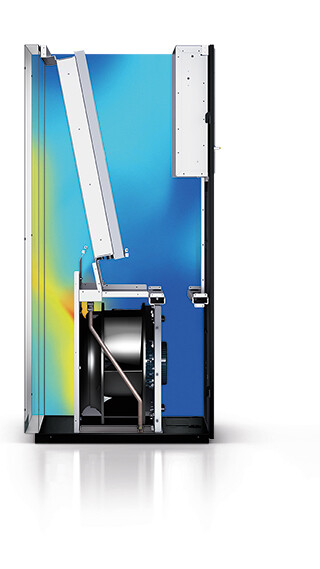Whenever I think about Data Centers, my thoughts immediately turn to energy efficiency. In this era of constantly rising energy costs and the ever greater need for data transfer and storage, demand for Data Center capacity continues unabated around the world.
In order to cope with Data Centers' hunger for energy, ever more efficient servers and other IT components are being developed. Data Center infrastructure such as cooling, power supply and distribution are also becoming increasingly efficient. In the field of air conditioning technology - one of the biggest energy consumers in a Data Center beside the servers themselves - considerable strides have been taken regarding efficiency in recent years. Today Free Cooling, either Direct or Indirect, is now commonplace in large Data Centers.



